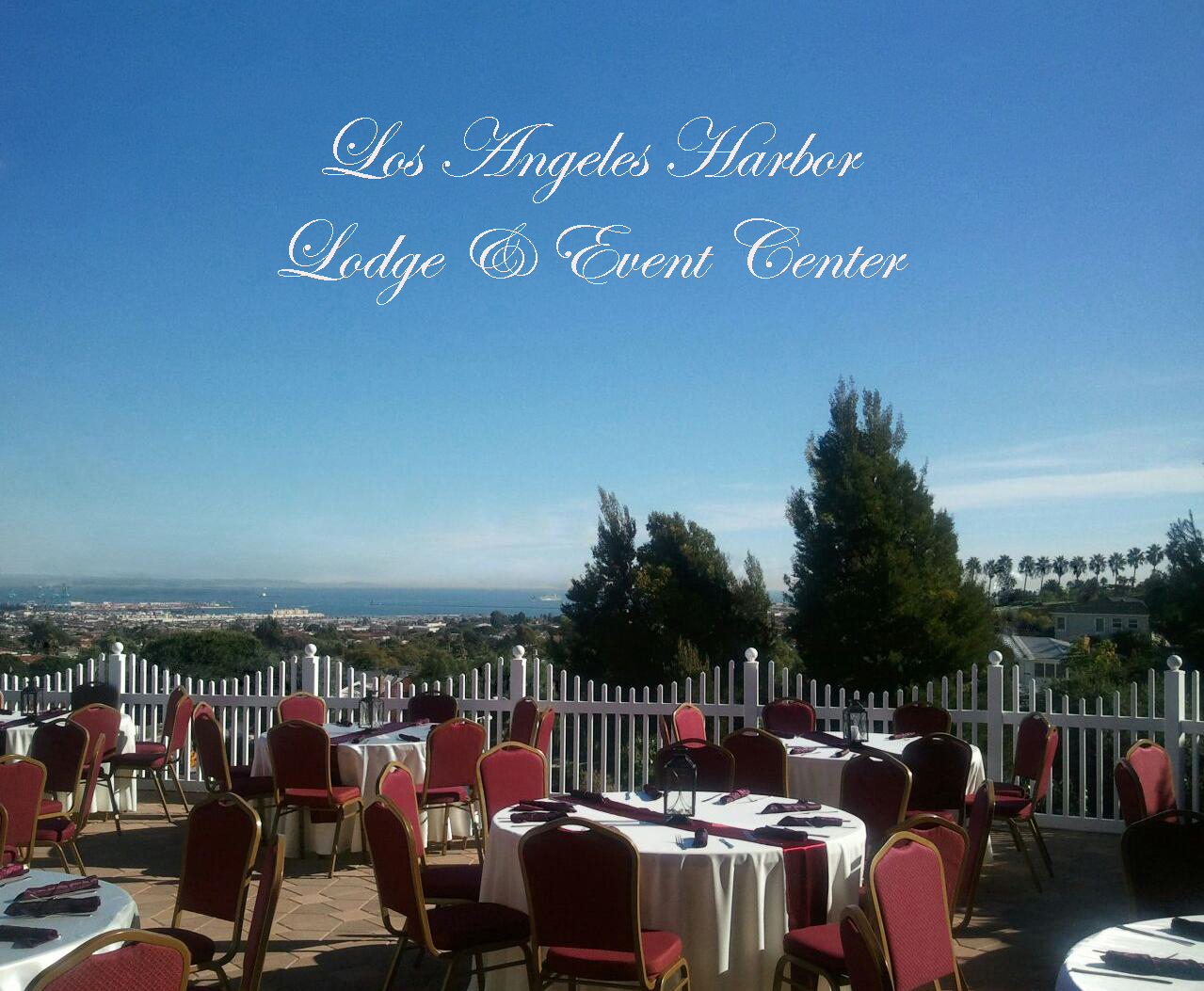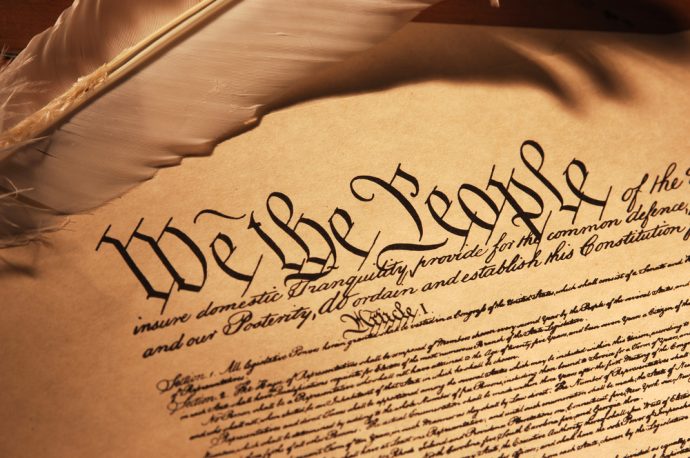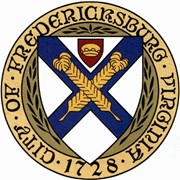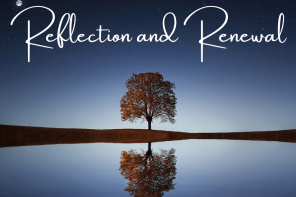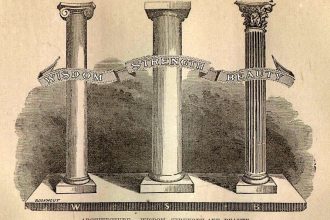During the later part of the Eighteenth Century and the early part of the Nineteenth Century, there were major forces working in American society which would affect the traditional concepts of liberty that had existed in the United States since before the Revolutionary War. These principle forces were societal changes in the structure and nature of the population, new methods of production and an increase in the importance and development of transportation, and were destined to have a profound influence on the daily life of Americans as well as the manner in which they perceived their community. In this fragile republic, these monumental influences were felt more widely at the local level of society, rather than at a national level where such trends would greatly determine and direct the later part of the Nineteenth Century. These developing changes were reflected in a cultural transformation which challenged the old order of American society. Through the effort of individuals and communities alike to respond to the growing and increasingly complex development of the community, societal reforms were to give those communities in change a less frightening and more comprehensible understanding of the transition. The impetus of this transition revealed itself in changes in both religious and secular circles, affecting all levels of society and altering the different concepts of liberty espoused in the United States during that pivotal period of time, but especially the structure of ordered liberty in the New England states.
Many reform movements sprang up to provide an answer to the changing and uncertain times. Though the transition to a new society created religious responses which would affect the community through the development of new religious sects, the secular response to these changes in communities became evident in the formation of mutual aid societies and fraternal organizations which united the community beyond the religious boundaries of sectarianism during this “Great Awakening.” Such was the nature of the fraternity of Freemasons. Though certainly very popular throughout the civilized world during the Age of Reason, it would become even more popular – and necessary for the preservation of communal ties – during the formative years of the United States. This organization would affect not just one of the many concepts of liberty in the United States, but all three of the major and then‑prevalent concepts of liberty. Unlike other influences which affected only one sector of the developing population, Freemasonry was important to both the ordered liberty of the New England states and the libertarian freedom of the Middle Atlantic states, as well as the hierarchal liberty of the Southern states to some degree. However, for the purposes of this discussion, the argument will be narrowed down to the effect of Freemasonry on the ordered liberty of New England. In order to discuss the degree to which Freemasonry had an influence on this concept of liberty, we must first understand the nature and purposes of the fraternity of Freemasons.
The speculative form of modern Freemasonry, rather than the ancient operative organization from which it stemmed, organized itself in 1717 out of a tradition which dates back thousands of years. Its oldest documents date from the year 926, when King Athelstan of England granted a charter for its organization and laws.
Through very broad and fundamental principles, the intention of Freemasonry is to unite men of every country, sect and opinion without discrimination. It opens its doors to men of every creed and nationality without invidious and prejudicial distinctions, remaining true to the cosmopolitan principles of society. It is composed of men of all shades of sectarian denomination; of every political party; of every diverse interest on the globe; of men disagreeing in many of their reasonings and beliefs, antagonizing each other with conflicting methods and systems, yet because of the great underlying belief in the fundamentals of its teachings, the ties that bind its members indissolubly know no limitation.
The traditions of Freemasonry came down through the earliest antiquity and embrace a system of ethics and philosophy that promulgates the upliftment of man by setting requirements for that which is right and setting restraints on that which is wrong. Inculcating doctrines of patriotism and brotherly love, enjoining sentiments of exalted benevolence, encouraging all that is kind and charitable, reprobating all that is cruel and vicious and oppressive, its basis is morality; morality such as is impressed upon the minds of men, not from an inspection of historic evidences, not from observing the great and amazing paroxysms of the natural universe, but such as is found in the unfolding of human nature itself. It is a system of morality veiled in allegory and illustrated by symbols. Giving each man the opportunity to be left free to think out as he chooses the problems of the universe and encouraging the love of knowledge, it teaches one to live in accord with the sovereign principles of reason which is supreme in capacity and dignity.
Freemasonry is the great equalizer. Because of its very liberal tolerance toward civil and religious freedom and its practice of humanitarianism, it has often been persecuted. It has, however, persevered through war, pestilence, famine and the ravages of time to unite men who might otherwise have remained at a perpetual distance. Such are the aims of the fraternity of Freemasonry.
With the understanding of the purposes and nature of Freemasonry, it is now possible to discuss the manner in which it affects the concept of ordered liberty in the New England communities.
Those who settled in the New England area were of a serious and sober mindset, moving to the New World to seek freedom from religious persecutions. Deeply religious, the Puritan community espoused a more direct relationship with God than had been previously experienced in the Catholic Church, and clung fiercely to the principle of strong community relations out of their experiences with religious intolerance.
Ordered liberty became the way of life for the Puritan culture in New England, as it was necessary for individuals to submit themselves to subordination, to something greater than themselves – to church and community – for which the glory of personal sacrifice for the common good prevailed. In addition to this vein, the community was drawing heavily upon classical philosophers who argued in favor of the equality of democracy and the development of republican virtue. With this need to sacrifice personal gain and interests for the sake of the common good, classical republicanism was born.
With this view of Puritan society, it is not difficult to see the appeal that Freemasonry had to the communities of New England. It gave the individual the freedom and tolerance of thought which was so basic to the tenets of the Puritanism. It espoused religious tolerance to a group who had historically been persecuted for their beliefs. It allowed the fundamental exercise of charity, benevolence and brotherly love while at the same time strictly abhorring cruel and oppressive behavior. It sought the basic tenets of morality without advocating the particular morality of any one religious sect, as Freemasonry’s view of morality is basic in nature. It did not interfere in religious teachings, nor did it circumvent or undermine religious thought or beliefs in order to remain in the community. Instead, it served as a foundation upon which a religious society and a secular community could be built. New England saw it as a system of equality that blatantly eliminated the hierarchal structure of aristocratic society in England, and favored republican virtues and the values of democracy which were so fundamental to a society in the midst of change during the early Nineteenth Century.
Within the Puritan culture of New England, Freemasonry provided for the continuation of the principles of a society that had been prevalent in New England since its establishment in the New World two hundred years before. From the great changes occurring in population, production and transportation, it was important to both the individuals and the culture of New England to maintain a harmonious and congruous community. The traditional structure of the New England community, based upon a network of neighbors helping one another, was transforming into a new culture which depended less upon traditional associations with others in the community and brought a greater dependence on the principles of supply and demand then arising out of the new market economy. In an effort to preserve the communal principles of the old society while competing for survival in the new market economy, it was necessary to capitulate to a system whose sense of societal preservation stemmed from continuing the network of associations of a society moving into the twilight of its existence.
Freemasonry pervaded the culture of New England society out of its espousal for maintaining a specific, nonthreatening and unchanging system of communal associations and principles which came from the necessity of maintaining mutual cooperation for the benefit of the community. Fervently and jealously patriotic to their beliefs and culture at a time when the face and nature of the community was changing around them, the Puritan cultures of the New England communities were able to maintain their close association of community through the fraternity of Freemasonry.
by Shawn Donohugh
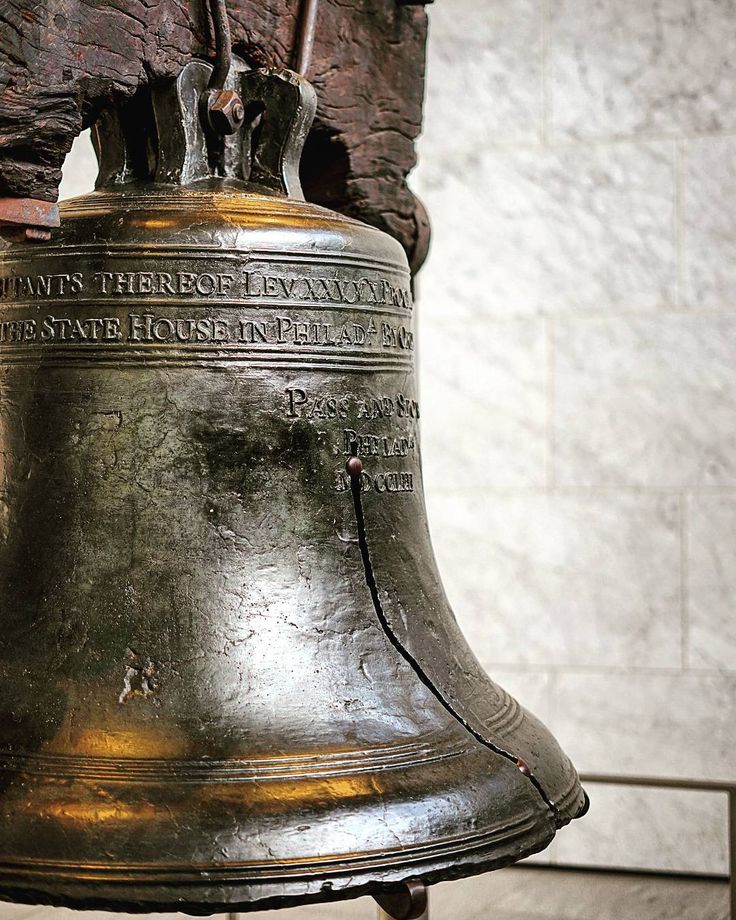
The author is a Past Master of Moneta Lodge No. 405 (now Gardena-Moneta Lodge No. 372) and a four-time Past Master of Los Angeles Harbor Lodge No. 332. He currently serves as the Secretary of Los Angeles Harbor Lodge No. 332, Secretary of the Southern California Past Master’s Association, is a member of the Grand Lodge of California’s Lodge Support Committee, and served as Senior Grand Deacon for the Grand Lodge of California in 2014-2015.
